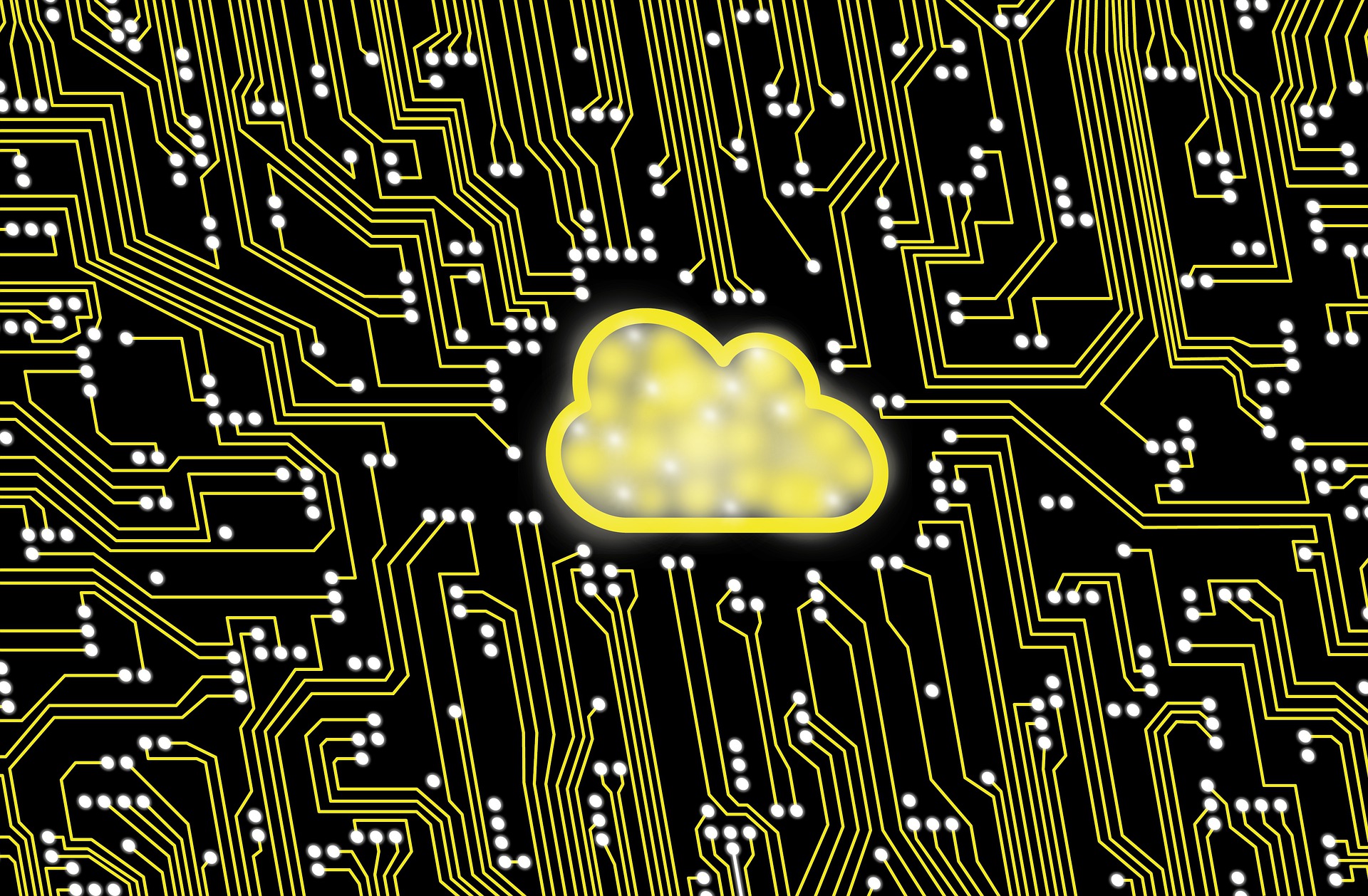
If your business is looking for a secure way to connect users with the apps they need, consider cloud identity. It’s simple to implement, boosts security, and cuts costs.
Table of Contents
Authentication
Authentication is the first step in protecting access to cloud applications, preventing data breaches, and ensuring the best user experience. This involves various methods, from biometrics to two-factor authentication, dongles, or risk-based authentication. With the advent of new devices and technologies, such as mobile phones and iris scans, a wider variety of authentication options are available to businesses. These include biometrics such as fingerprint, retinal, voice recognition, behavioral biometrics, and recognition signals. In addition to enhancing security, integrating these different types of authentication in a single IDaaS platform can provide a unified user experience across enterprise apps and services, which can improve credential management for all users. It can also create a centralized federation point for external users and enable single sign-on. Using identity cloud service also allows you to manage user accounts and groups in a cloud-based directory rather than using a separate LDAP or Active Directory server. For example, you can sync all your existing Microsoft AD or LDAP users and have them be in Google Cloud Identity, which means you can apply settings and policies right from there.
Encryption
Encryption is a crucial security feature that protects data at rest, in transit, and in processing. It also ensures the privacy of sensitive information and helps prevent unauthorized copying or distribution of intellectual property, such as songs and software. It is used for many applications, from financial transactions to private messaging communications. Choosing encryption for your organization can improve data privacy by scrambling data into a secret code that can only be unlocked with a unique digital key. This is crucial to secure cloud computing, protecting data while in transit and resting on remote computer systems. The use of encryption is an essential aspect of a secure Internet, which supports freedom of expression and provides a safe environment for people from various backgrounds. Encryption is critical to protecting children and other vulnerable groups from online threats. A cloud identity solution can reduce the risk of password breaches by introducing two-factor authentication (2FA) and multi-factor authentication (MFA). MFA ensures that users don’t just have access to their accounts but that they have also verified their identities. A Cloud Identity solution can also offer a range of other authentication features, including single sign-on, which streamlines access and gives users fast, easy logins to their preferred resources. This helps to minimize the time they spend logging in and reduces the potential for data breaches caused by lost or compromised credentials.
Access control
Access control is essential to any security architecture and should be a core part of any organization’s data protection strategy. Whether it is physical servers, cloud services, applications, or other data, access control systems are designed to prevent unauthorized users from accessing any resources and thereby exposing sensitive information. To ensure that only the right people are allowed to access the right resources, access control is governed by several different methods. The most common is role-based access control, which determines permissions based on the user’s business role and responsibilities. A more sophisticated approach is history-based access control, which evaluates a user’s past security activities. Depending on the type of content they request, and the time since they last asked, this system may allow or deny access to that resource. Some access control systems are fully automated and offer much more flexibility for employees and visitors to your company’s buildings or premises. This means you can control which doors or gates are accessible automatically, how many people enter, and where they go within your building. However, cloud-based systems remove this hassle and save you money in the long run. Traditionally, these systems have been installed on-site with the hardware and software maintained by the company that manages them. A specialist cloud team operates them, storing the hardware securely.
Reporting
Reporting is a vital element of identity management. It provides a comprehensive overview of information related to a company’s identity, environment, and resources. In addition, it enables employees to make better decisions and deliver better customer experiences. For this reason, companies should ensure that their reporting tools are user-friendly and can be distributed across the enterprise. Cloud Identity Service for Maximum Security is an effective solution to this challenge. It enables organizations to quickly and securely provision user identities, manage their accounts, and secure them with various 2-step verification methods.
Moreover, it allows them to use a single sign-on (SSO) service for all their apps and services. This makes it easier for users to log in and improves security by reducing the number of logins required for accessing multiple applications. The Cloud Identity service also includes an IAM visualization tool that helps teams identify and manage complex, interwoven identities in multi-cloud environments. This is crucial to preventing identity abuse and protecting data. It lets users see their user and application profiles and provides them with diagnostic data reports. These reports will give them a comprehensive picture of their system, including successful and unsuccessful login attempts and users who are not logged in.


